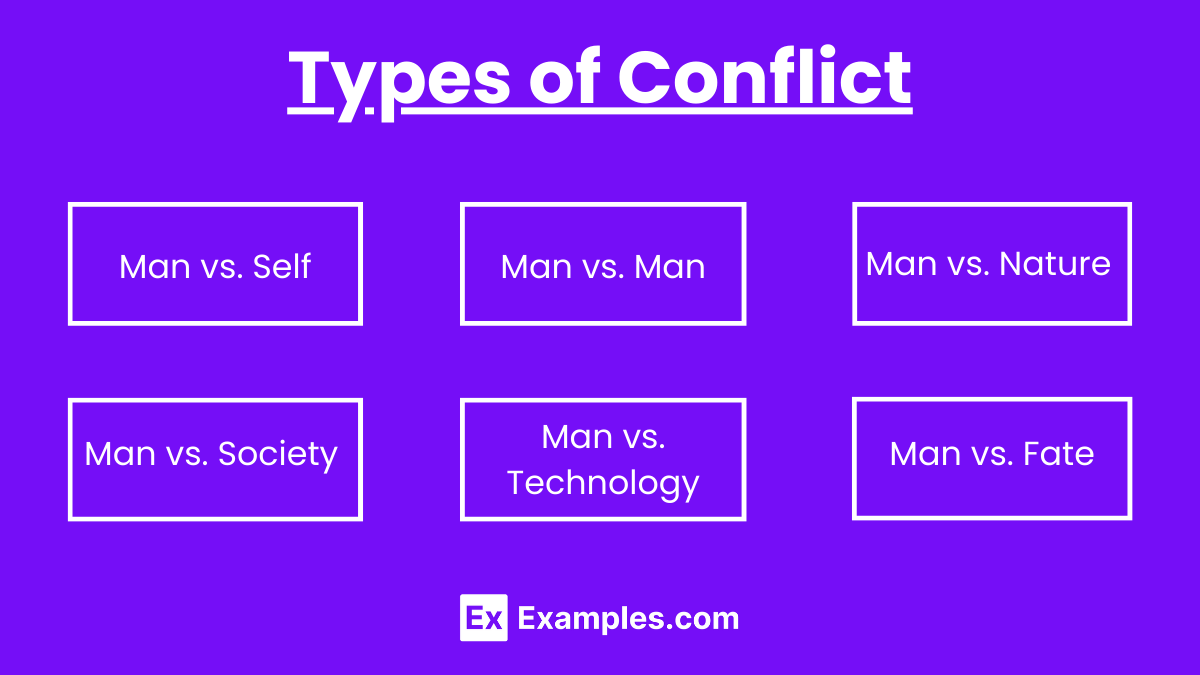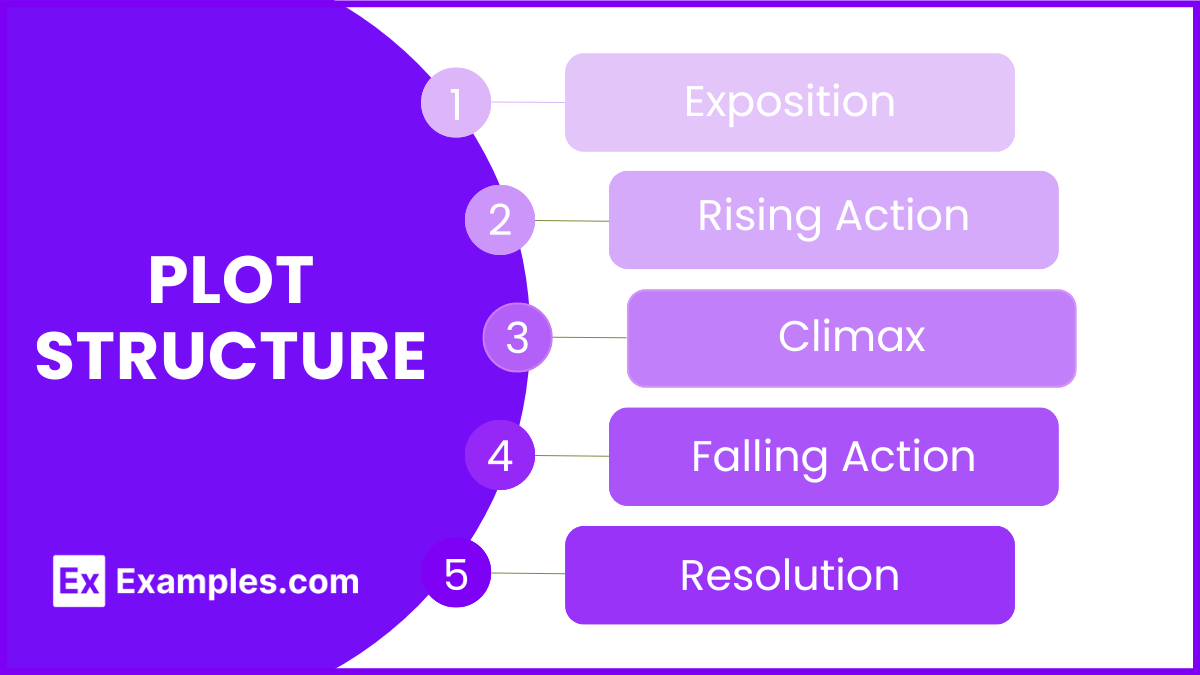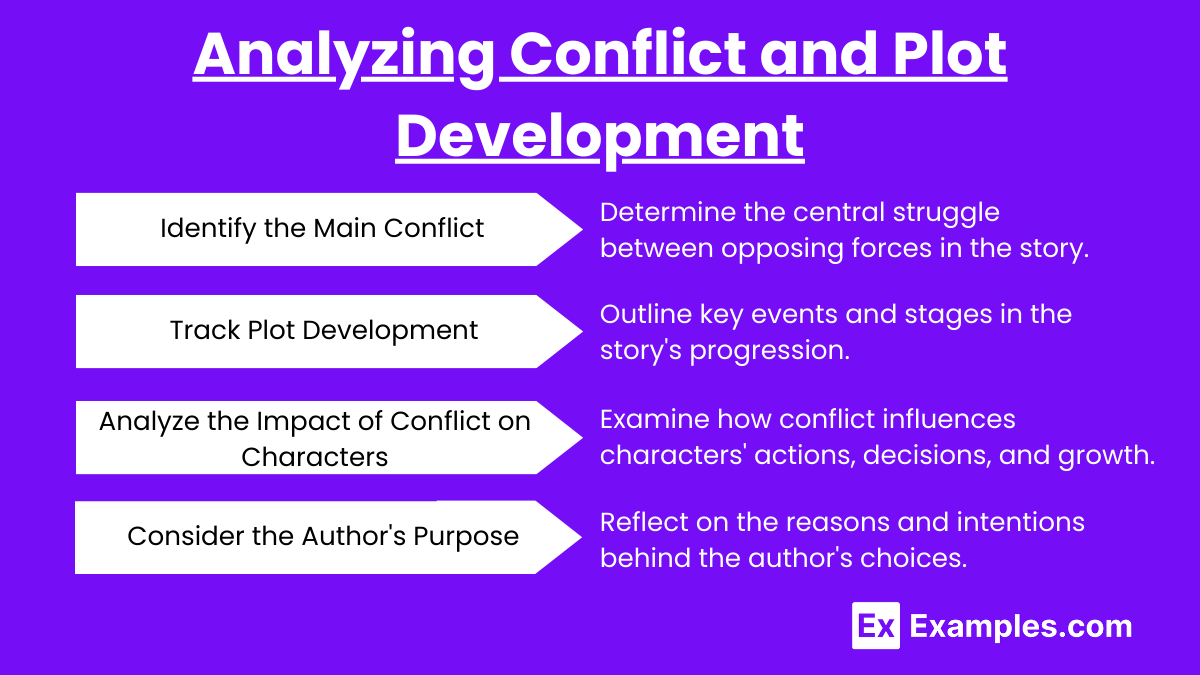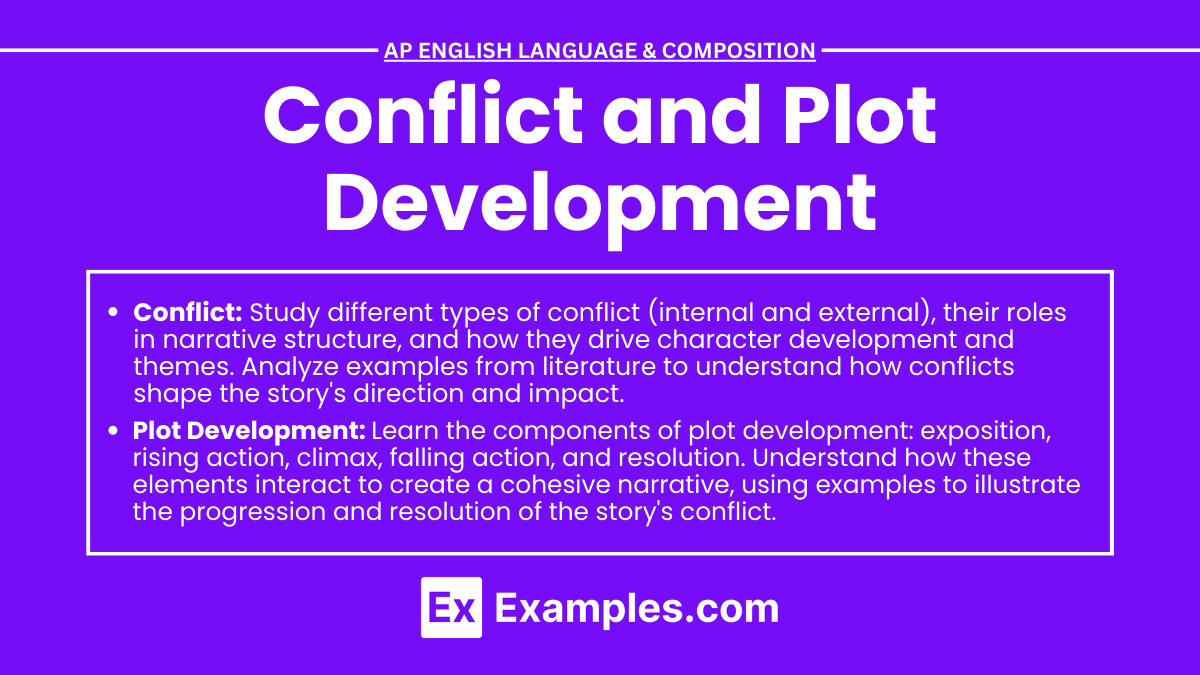In preparing for the AP English Language and Composition exam, understanding the intricate interplay between conflict and plot development is crucial, as illustrated in William Shakespeare’s “Macbeth.” The protagonist’s ambition fuels a series of internal and external conflicts, leading to his moral decay and ultimate downfall. Shakespeare’s use of rhetorical sentences and cumulative sentences enhances the narrative’s depth, while the play’s structure offers a masterclass in argumentative writing. Through argumentative speech, characters debate themes of power, fate, and integrity, providing rich material for analysis and illustrating the devastating consequences of unchecked ambition.
Learning Objectives
In studying the conflict and plot development in Shakespeare’s “Macbeth” for the AP English Language and Composition exam, students will develop the ability to construct cumulative sentences that build complexity and depth in their writing. They will learn to craft explanatory essays that elucidate the intricate dynamics of the play’s conflicts and expository essays that provide clear, structured analysis of the plot’s progression. By incorporating rhetorical sentences that enhance persuasive elements, students will refine their ability to articulate nuanced arguments. Additionally, students will practice formulating a final thesis statement that encapsulates their critical analysis of the text. This process will foster critical thinking skills, enabling students to engage deeply with the themes of ambition, power, and morality presented in “Macbeth.”
Key Concepts and Terms
- Conflict: The central struggle between opposing forces in a story. Conflict can be internal or external and is essential for creating tension and interest in the narrative.
- Internal Conflict: A psychological struggle within a character’s mind (man vs. self).
- External Conflict: A struggle between a character and an outside force (man vs. man, man vs. nature, man vs. society, man vs. technology, man vs. fate).
- Plot: The sequence of events that make up a story, including the introduction, rising action, climax, falling action, and resolution.
Types of Conflict

- Man vs. Self: Internal struggle involving decisions, emotions, or personal growth.
- Example: Hamlet’s indecision and internal conflict in Shakespeare’s “Hamlet.”
- Man vs. Man: A struggle between two characters, often the protagonist and antagonist.
- Example: The rivalry between Harry Potter and Voldemort in J.K. Rowling’s “Harry Potter” series.
- Man vs. Nature: A character’s struggle against natural forces or elements.
- Example: The struggle for survival in Ernest Hemingway’s “The Old Man and the Sea.”
- Man vs. Society: A character’s conflict with societal norms, laws, or institutions.
- Example: The protagonist’s fight against a dystopian society in George Orwell’s “1984.”
- Man vs. Technology: A character’s struggle against technological advancements or machines.
- Example: The conflict between humans and machines in Isaac Asimov’s “I, Robot.”
- Man vs. Fate: A character’s struggle against destiny or a preordained outcome.
- Example: Oedipus’s attempt to avoid his fate in Sophocles’ “Oedipus Rex.”
Plot Structure

- Exposition: Introduces the characters, setting, and basic situation.
- Example: The beginning of Harper Lee’s “To Kill a Mockingbird,” introducing Scout, her family, and Maycomb.
- Rising Action: Events that increase tension and build up to the climax.
- Example: The series of events in F. Scott Fitzgerald’s “The Great Gatsby” leading to Gatsby’s confrontation with Tom.
- Climax: The turning point or most intense moment of the story.
- Example: The moment in William Shakespeare’s “Romeo and Juliet” when Romeo kills Tybalt.
- Falling Action: Events that follow the climax and lead towards resolution.
- Example: The events after the trial in “To Kill a Mockingbird,” leading to the resolution of the story.
- Resolution: The conclusion of the story, where conflicts are resolved.
- Example: The ending of “The Great Gatsby,” revealing the fates of the characters.
Analyzing Conflict and Plot Development

- Identify the Main Conflict: Determine whether the conflict is internal or external and identify the opposing forces.
- Example: In J.D. Salinger’s “The Catcher in the Rye,” Holden Caulfield’s internal conflict involves his struggle with depression and fear of growing up.
- Track Plot Development: Outline the plot structure, noting key events in each stage (exposition, rising action, climax, falling action, resolution).
- Example: In Arthur Miller’s “The Crucible,” track the accusations of witchcraft (rising action), the courtroom scenes (climax), and the aftermath of the trials (falling action and resolution).
- Analyze the Impact of Conflict on Characters: Examine how the conflict affects the protagonist and other characters, their decisions, and their development.
- Example: In William Golding’s “Lord of the Flies,” analyze how the external conflict of survival and internal conflicts of morality and power affect the boys on the island.
- Consider the Author’s Purpose: Reflect on why the author chose specific conflicts and plot developments. What themes or messages are they conveying?
- Example: In Aldous Huxley’s “Brave New World,” the conflict between individuality and societal control highlights themes of freedom and conformity.


